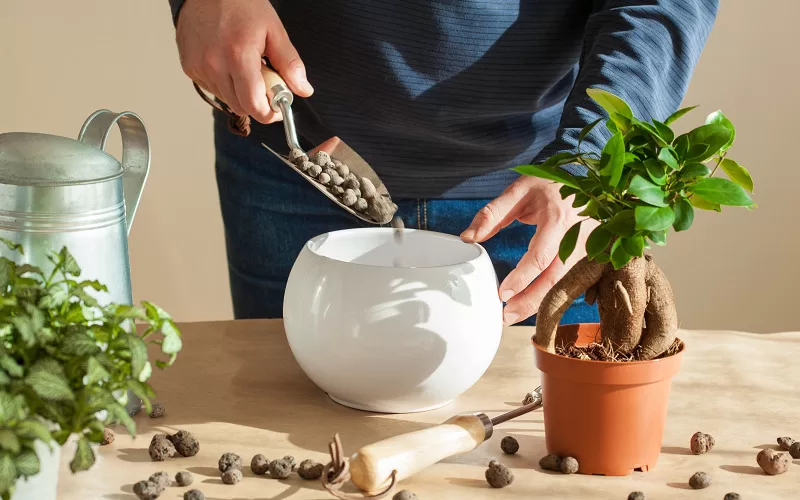Welcome to the lush world of indoor plant propagation, where the art of multiplying your green companions meets the innovation of using Lightweight Expanded Clay Aggregate (LECA) balls.
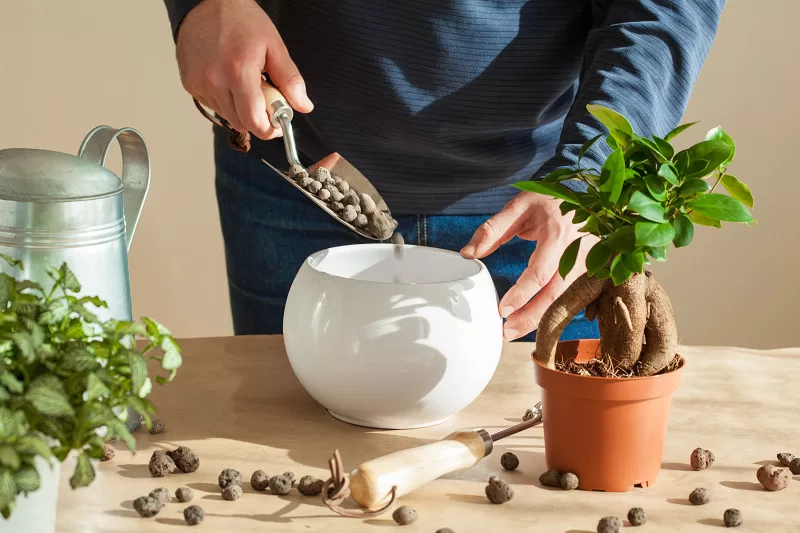
Whether you’re a seasoned plant enthusiast or just dipping your toes into the thriving world of indoor greenery, this guide is your gateway to successfully propagating beloved plants like Monstera Deliciosa, Syngonium, Rubber Plant, and more, using the versatile and effective LECA method.
As plant lovers, the desire to expand our plant collection is a common joy, and LECA presents itself as an exciting and efficient medium for the task. LECA’s lightweight, porous structure provides an optimal environment for root development, making it an ideal choice for propagation.
In this guide, we’ll explore the ins and outs of propagating specific plants—each with its unique charm and characteristics—using LECA, unlocking the secrets to a thriving indoor jungle.
1. Monstera Deliciosa
Monstera Deliciosa can be propagated using LECA by taking stem cuttings with a few nodes and placing them in LECA-filled containers. Ensure that the nodes are submerged in the LECA balls, and roots will eventually develop.

2. Monstera Adansonii
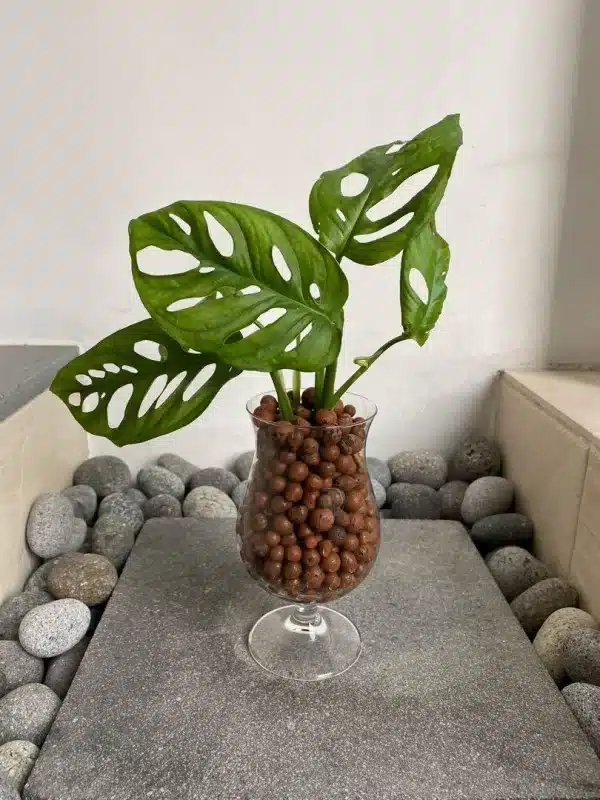
Similar to Monstera Deliciosa, Monstera Adansonii can be propagated through stem cuttings. Place the cuttings in LECA-filled containers, and roots will form at the nodes submerged in the LECA.
3. Syngonium
Syngonium plants are excellent candidates for LECA propagation. Take stem cuttings with a few nodes, insert them into LECA-filled containers, and ensure adequate humidity to encourage root development.
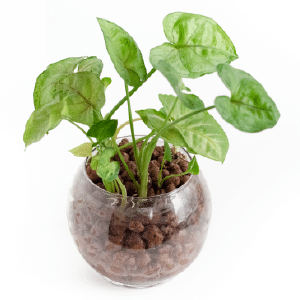
4. Rubber Plant
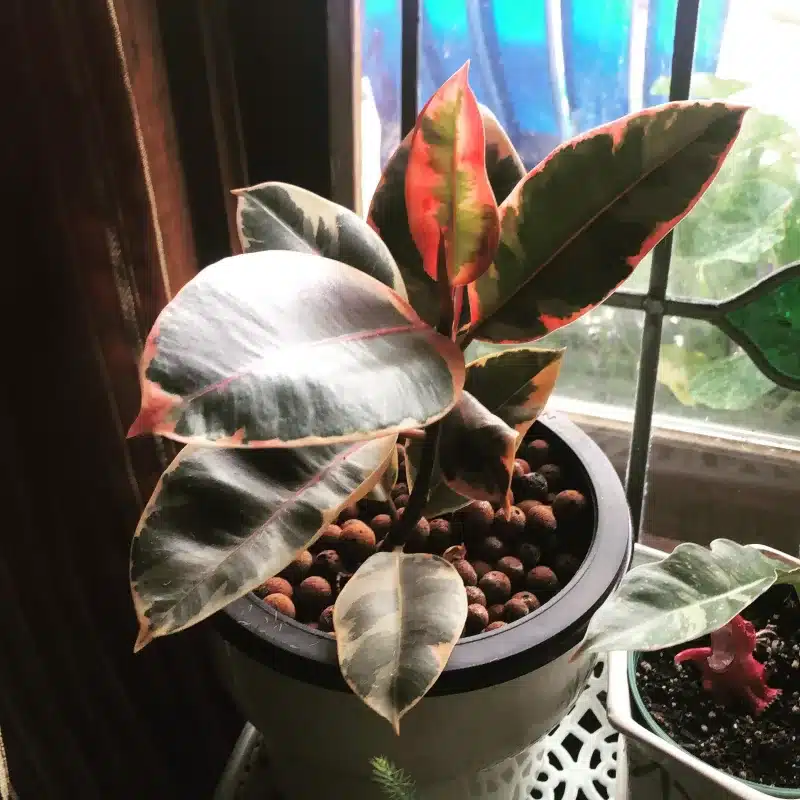
Rubber Plants can be propagated using LECA by taking stem cuttings. Place the cuttings in LECA-filled containers, ensuring that nodes are in contact with the LECA. Maintain consistent moisture levels for successful root development.
5. Philodendron Brasil
Philodendron Brasil can be propagated using LECA by taking stem cuttings and placing them in containers filled with LECA balls. Keep the nodes in contact with the LECA, and roots will develop over time.
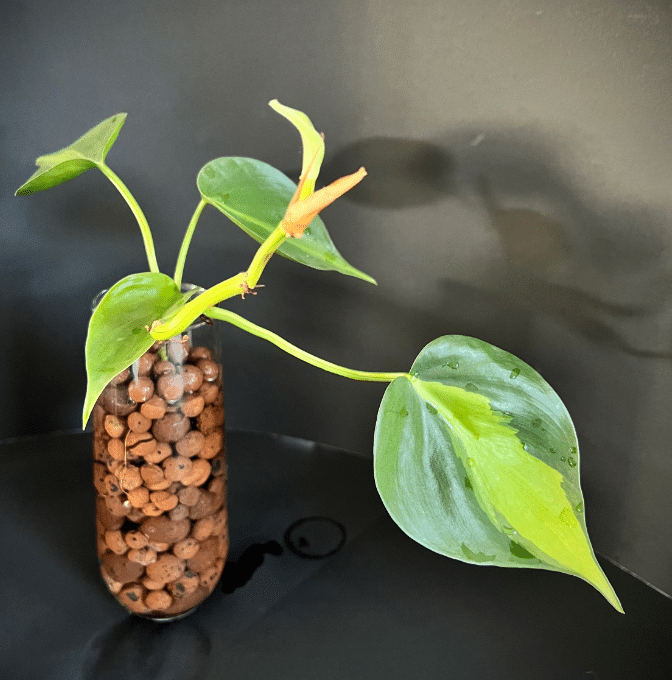
6. Philodendron Burle Marxii
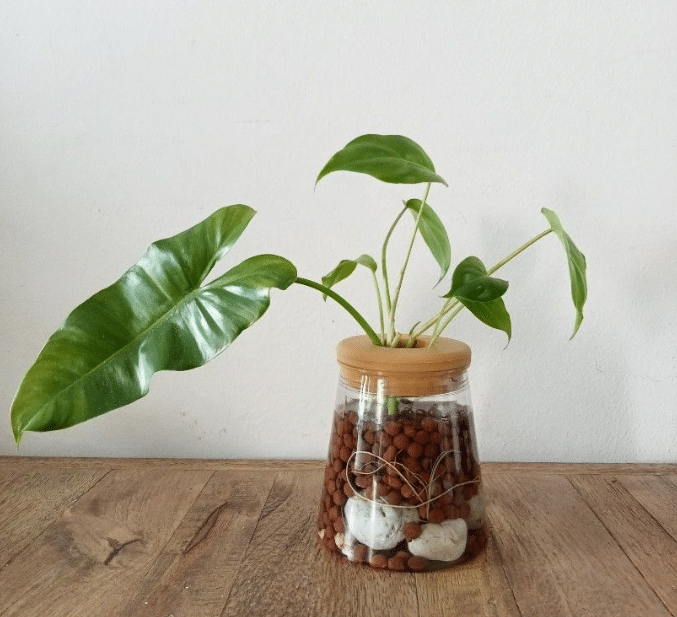
Propagate Philodendron Burle Marxii by taking stem cuttings and placing them in LECA-filled containers. Ensure that the nodes are in contact with the LECA, and provide the right conditions for root growth.
7. Pilea Peperomioides
Pilea Peperomioides can be propagated using LECA by taking offsets or stem cuttings. Plant the cuttings in LECA-filled containers, ensuring that the nodes are in contact with the LECA. Keep the humidity levels stable for successful root development.
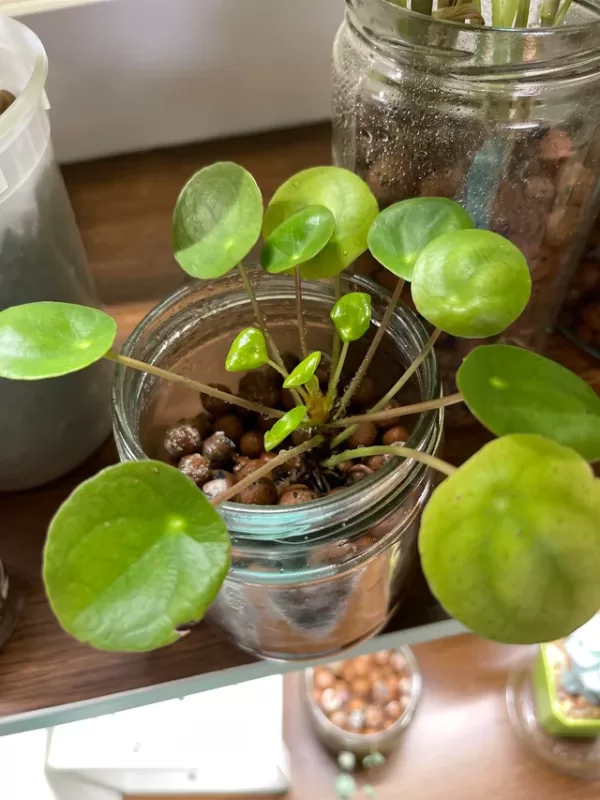
When propagating with LECA, it’s essential to monitor humidity levels, provide adequate light, and maintain consistent care to encourage healthy root development in these plants.

